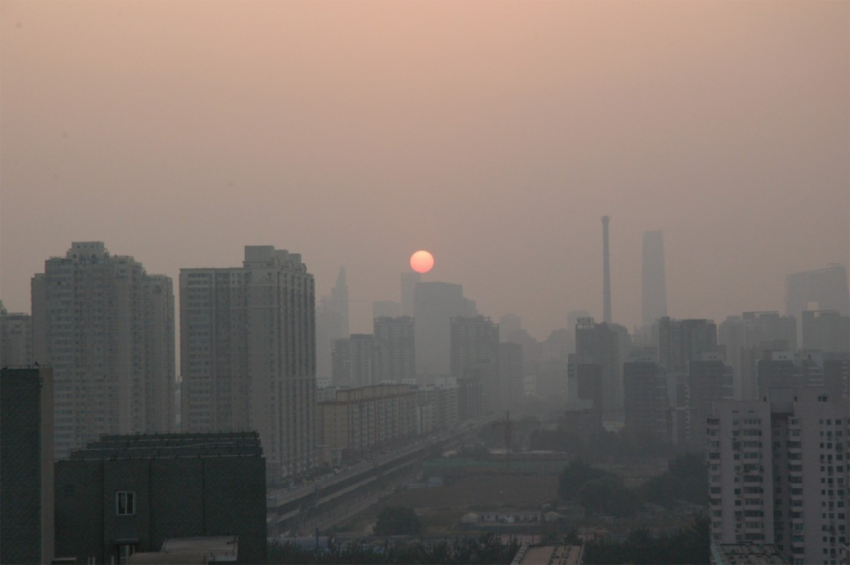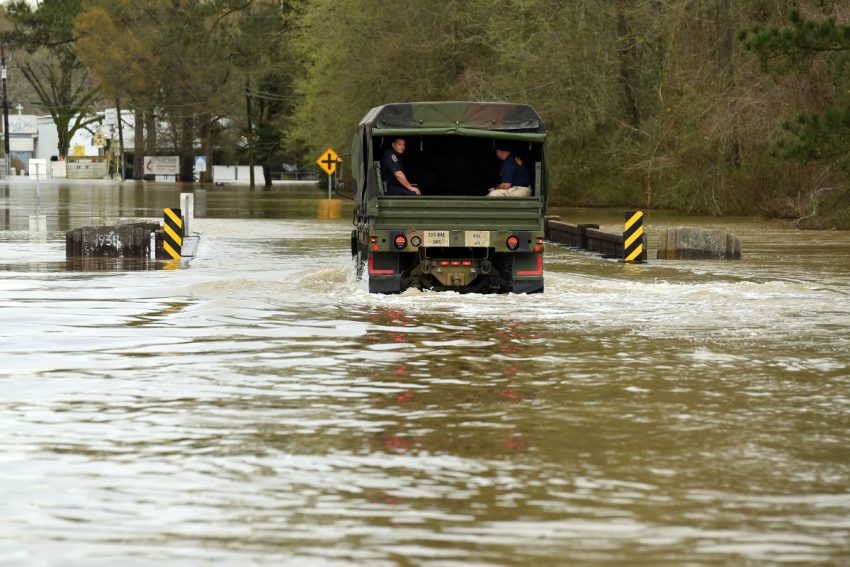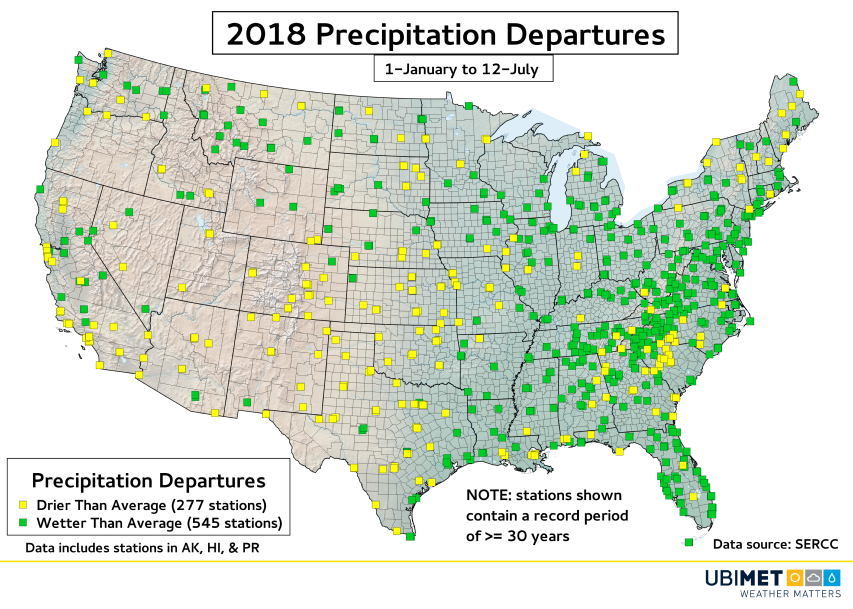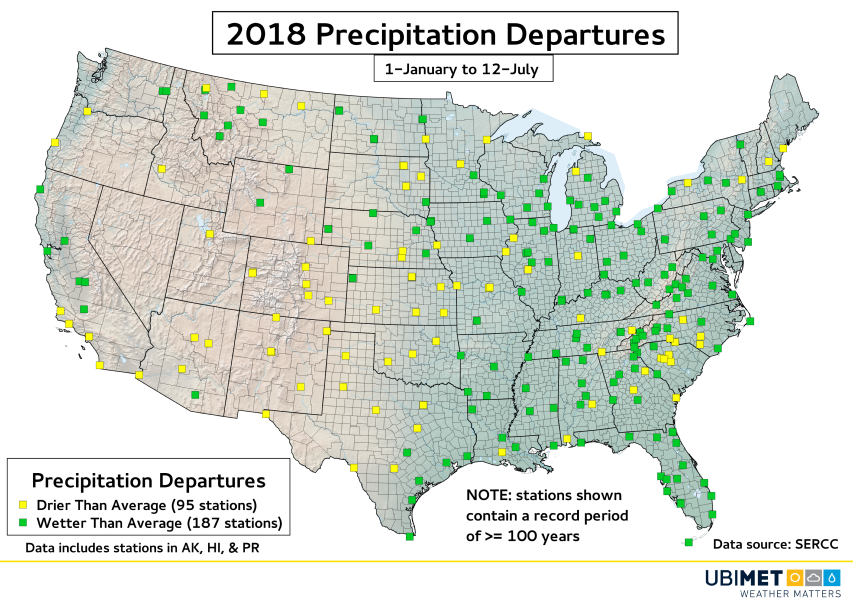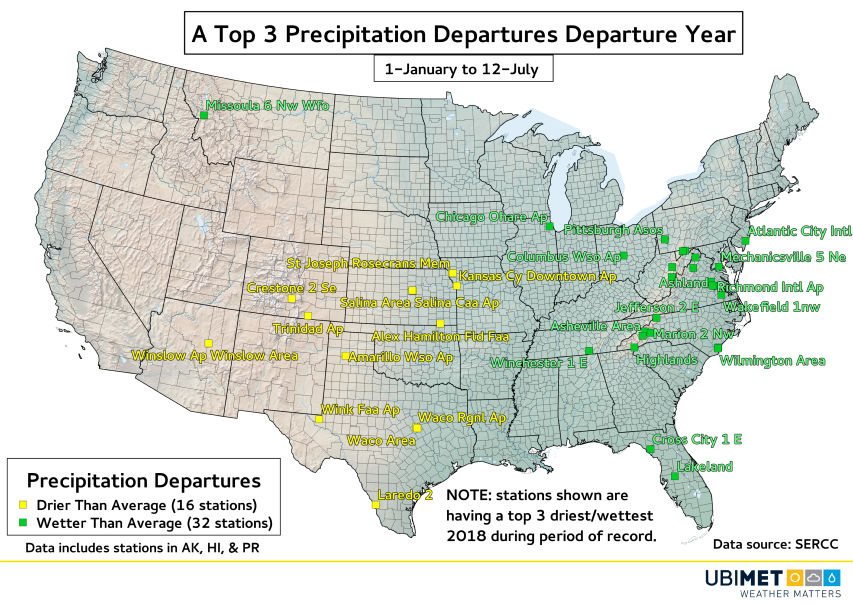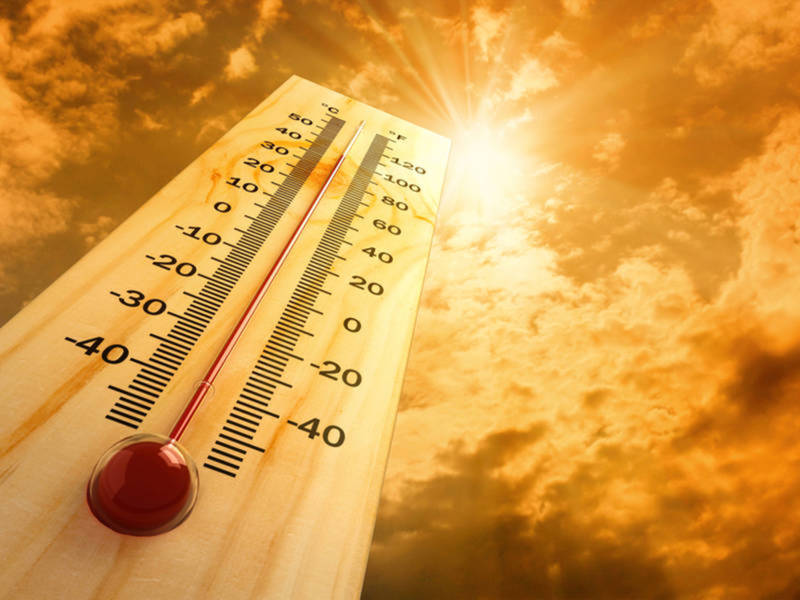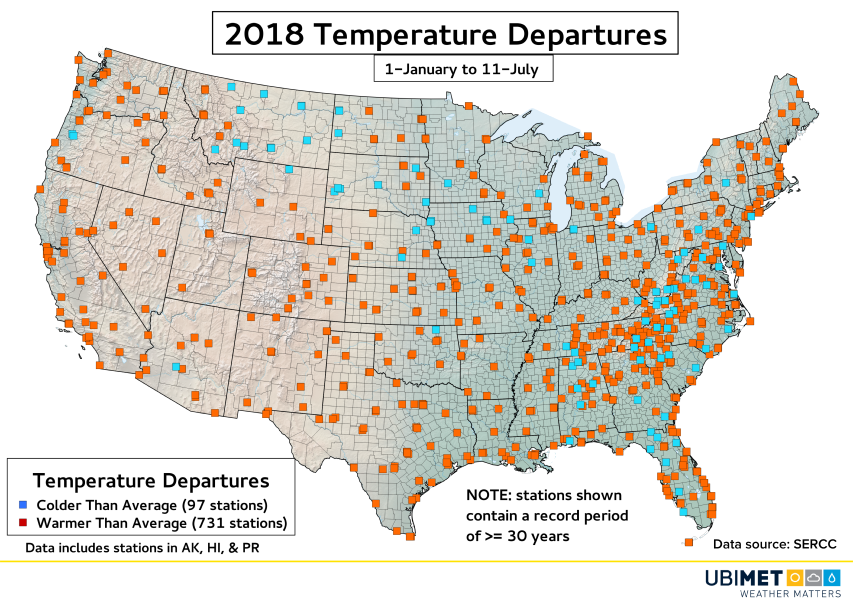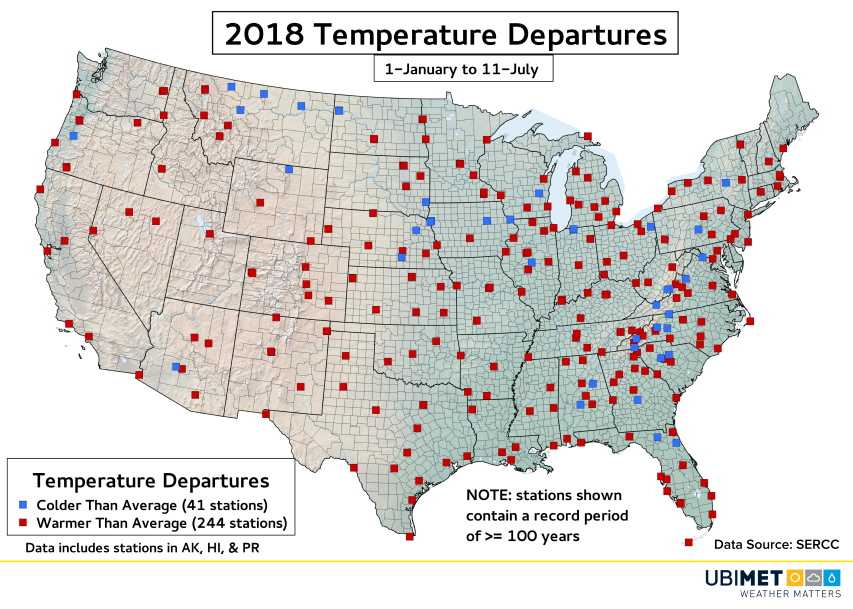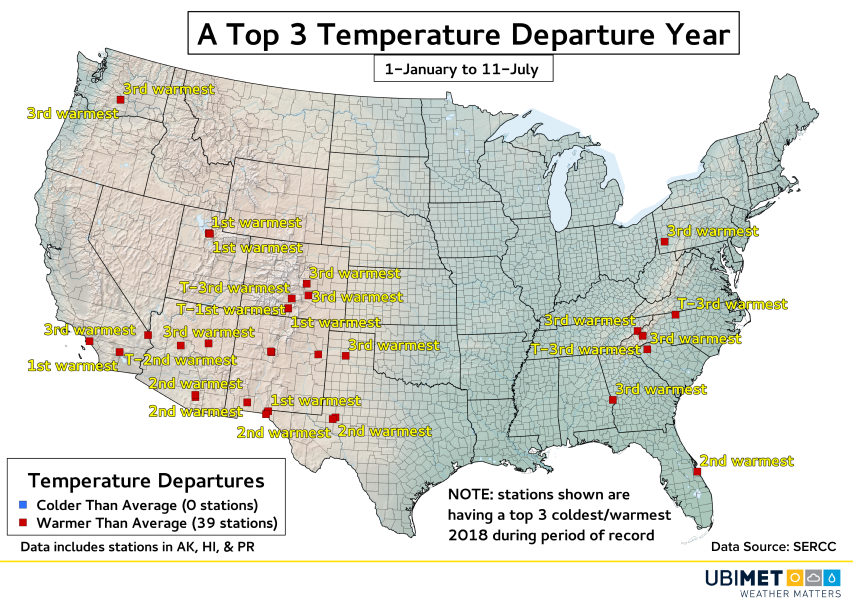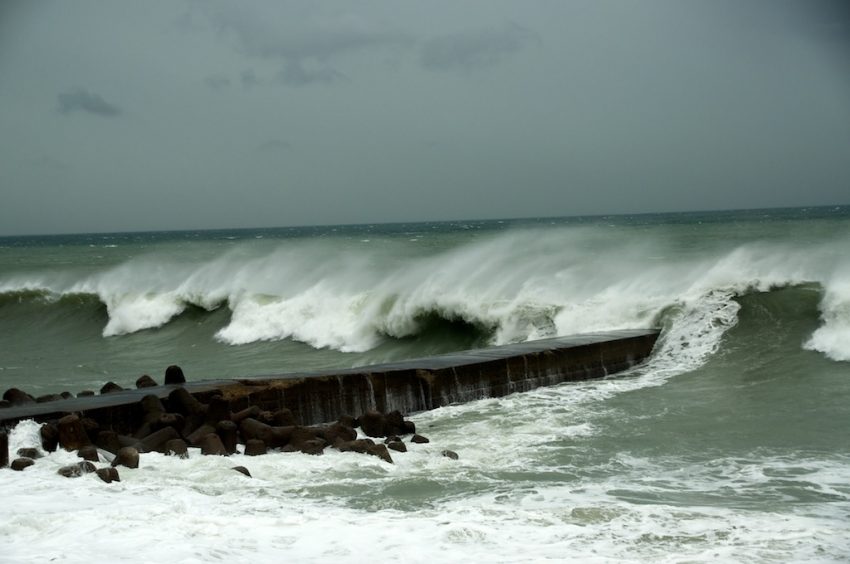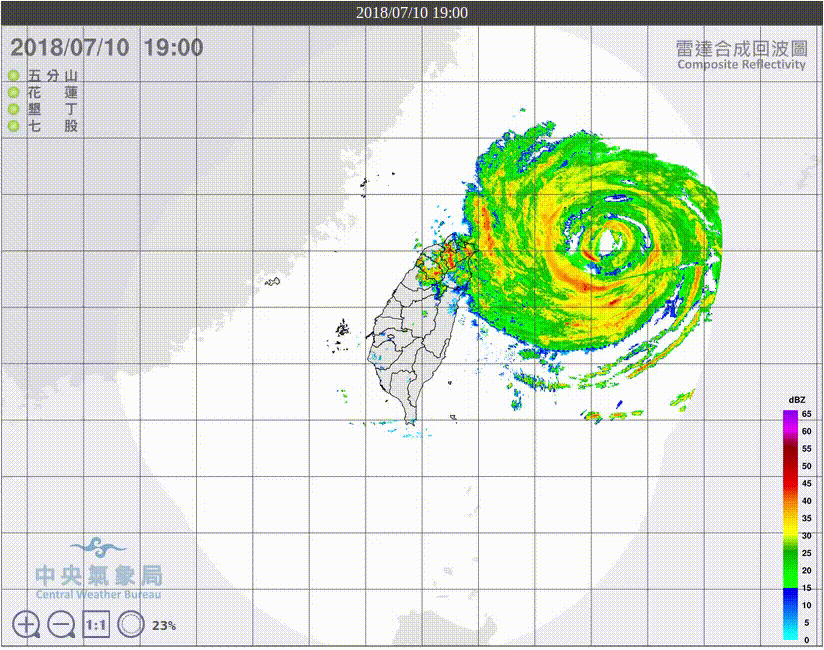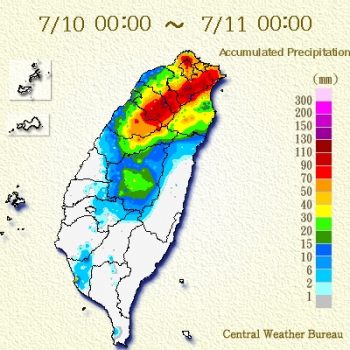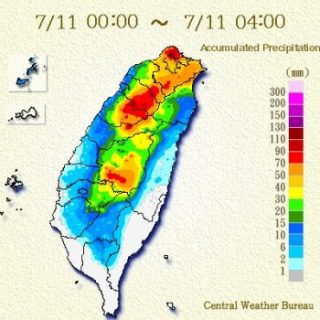Hot Weather Pattern This Week For Southeast Asia
A hot high pressure system will set up near the Korean Peninsula this week bringing a prolonged period of heat to eastern China, Korea, and Japan.
Hot Weather Pattern
The hot temperatures have already moved into Japan this weekend. On Saturday, Tokyo reached a high of 35.4 C which is the hottest day so far in 2018. This value is expected to be topped, perhaps several times, through this Friday.
High pressure will meander near the Korean Peninsula through the upcoming week and supply the region with a favorable environment for hot temperatures. The most anomalous temperature departures are expected across southern Japan, the Korean Peninsula, and eastern China.
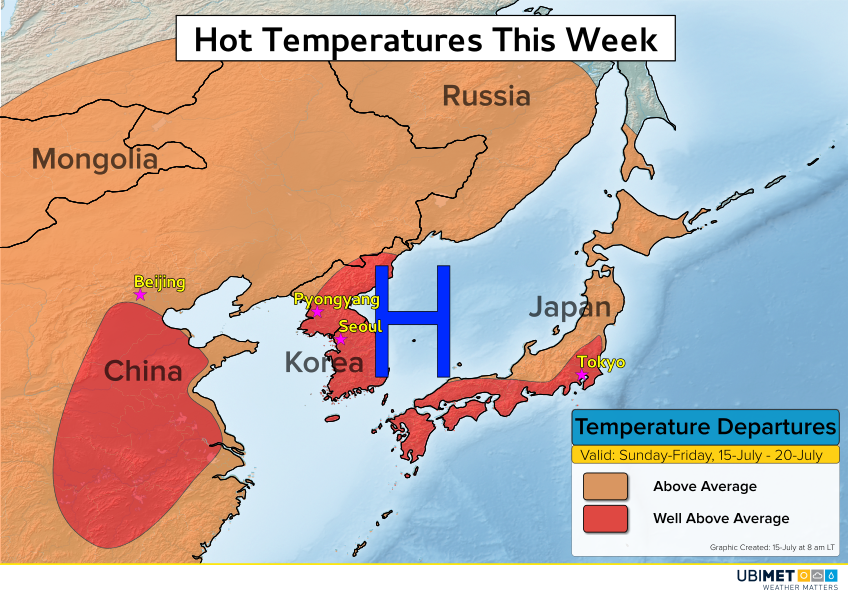
The hot temperatures combined with a rather stagnant flow will magnify air quality concerns across southeast Asia.
Beside Tokyo, other major cities expected to feel the heat include Seoul and Beijing. High temperatures will be several degrees above average, and in some areas temperatures will challenge monthly record highs.
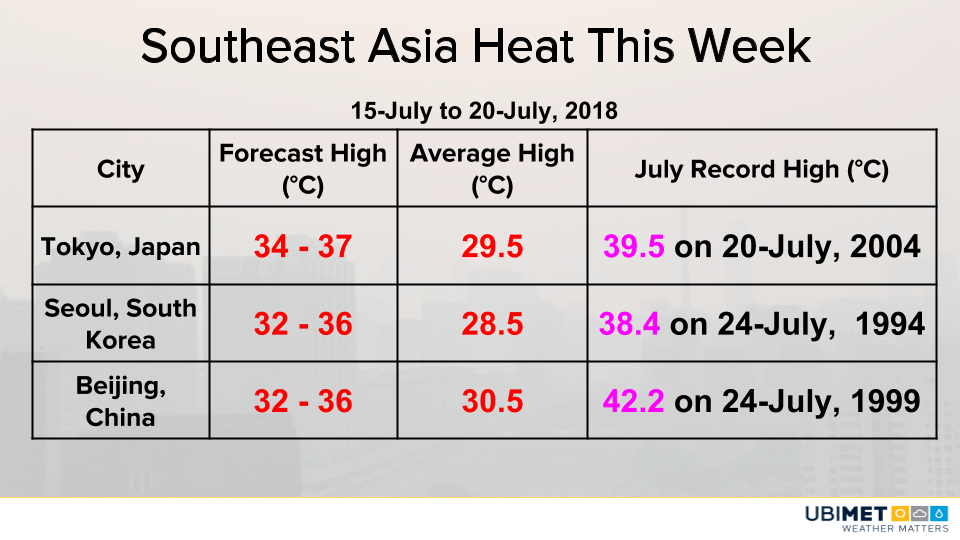
Looking beyond the upcoming week, the hottest of the weather will likely shift westward and center itself from the Korean Peninsula to eastern China. Cities like Seoul and Beijing may see event hotter high temperatures materialize after the forecast period through 20-July.
